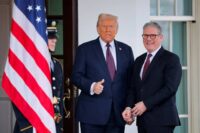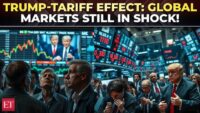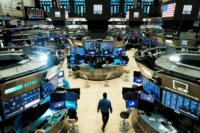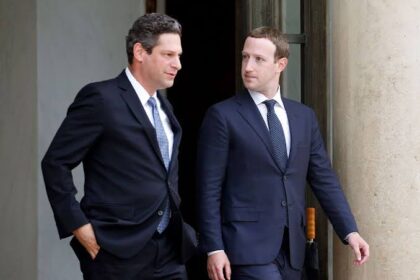Despite economic headwinds, China remains defiant in the face of US tariffs. President Xi Jinping signals strength, calls for EU cooperation, and hints at broader trade alliances.
China’s Stance: No Yield to Pressure
Beijing remains unflinching in the escalating trade tensions between China and the United States. The Chinese leadership’s message is unequivocal: it will not bow to economic pressure from Washington, especially not from what it considers unilateral “bullying” by the Trump administration.
President Xi Jinping’s government has emphasized that China has the economic resilience and geopolitical leverage to resist U.S. tariffs, even as it wrestles with internal challenges like a prolonged property crisis, regional debt burdens, and high youth unemployment.
“We are Chinese. We are not afraid of provocations. We won’t back down,” said Foreign Ministry spokesperson Mao Ning, posting an image of Chairman Mao during the Korean War.
Tariffs: A Symbolic Standoff
Though the United States was once a top destination for Chinese exports, those trade volumes account for just around 2% of China’s GDP — a relatively minor figure in the broader scope of its economy.
In contrast, Beijing’s retaliatory tariffs are already biting into American exporters, especially as both sides continue their tit-for-tat measures. Analysts note that these mutual tariff increases have become largely symbolic, with much of the affected trade already pared down.
Europe and Asia: Strategic Trade Outreach
Xi Jinping is widening China’s trade focus, strengthening partnerships across Asia, Africa, and Europe. He recently hosted Spanish Prime Minister Pedro Sánchez in Beijing, advocating for China-EU alignment against U.S. trade practices.
“China and the European Union should jointly resist unilateral bullying practices,” Xi told Sánchez.
Meanwhile, reports suggest that China and the EU are exploring a deal to lift tariffs on Chinese vehicles and replace them with a minimum pricing system to prevent dumping.
Xi is also expected to visit Malaysia, Vietnam, and Cambodia — all nations impacted by U.S. trade measures — while Chinese ministers have been holding trade talks with South Africa, Saudi Arabia, and India.
A Domestic Rallying Cry
The Chinese government’s appeal to nationalist sentiment is clear. Images of Chairman Mao — once a wartime symbol of defiance — now reappear in official channels.
This propaganda push signals Beijing’s commitment to endure the tariff battle as long as necessary, even if it means short-term economic strain.
Bottom Line
China’s strategy appears rooted in long-term resilience rather than short-term compromise. With diversified trade options, a growing list of diplomatic overtures, and a state-led message of defiance, Beijing is sending a clear message: it won’t be strong-armed into submission.













